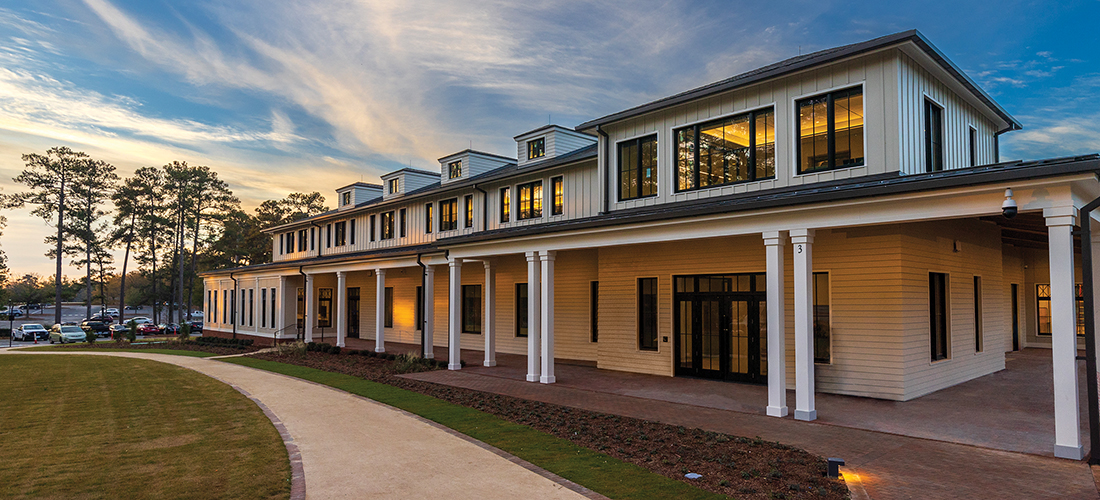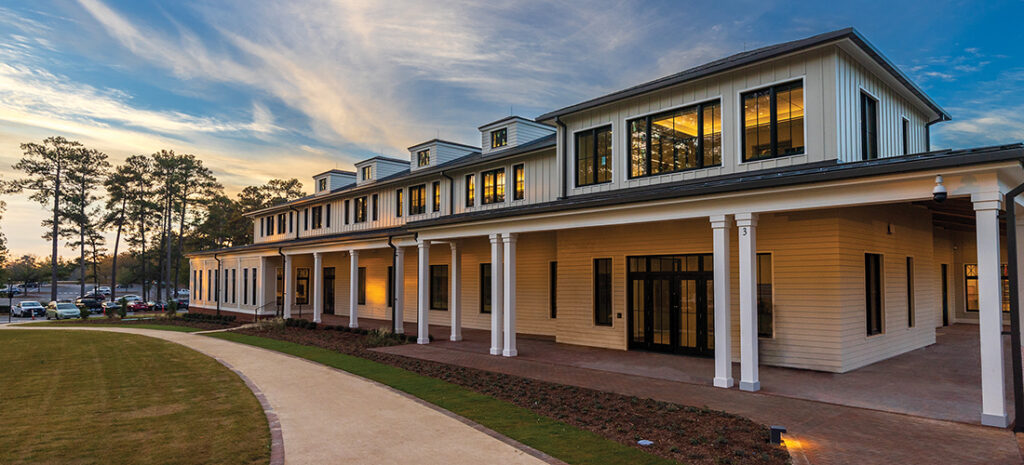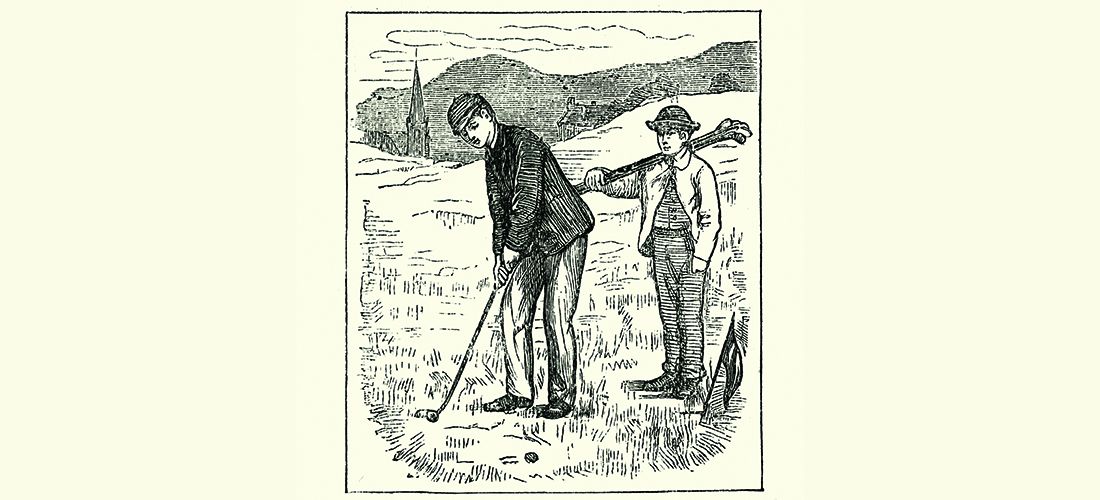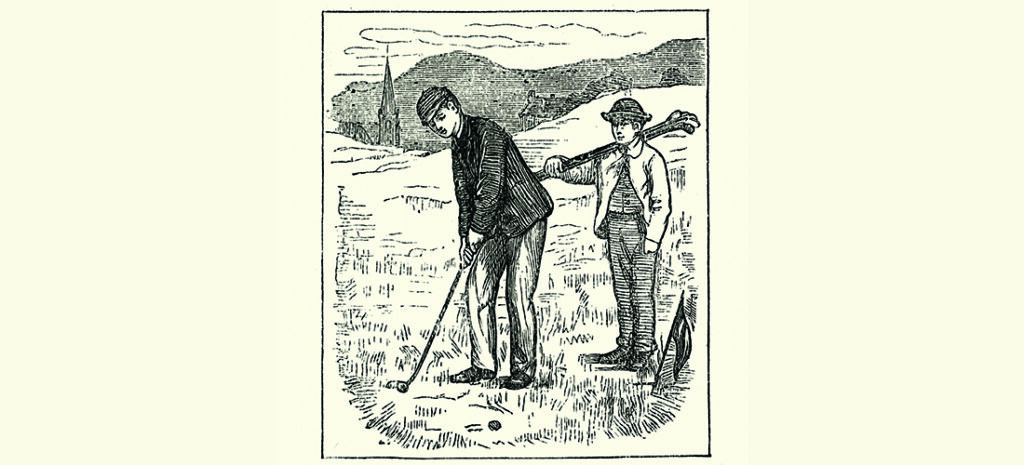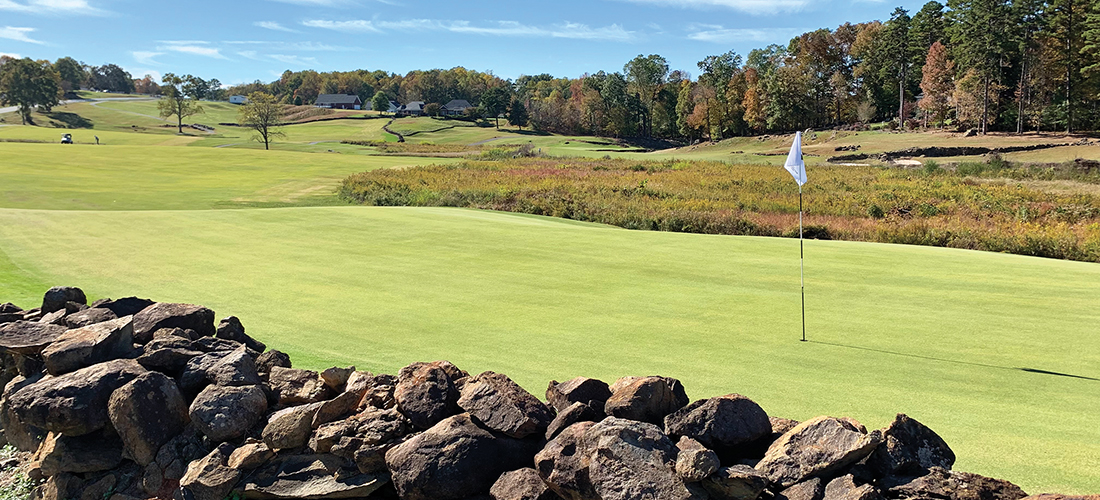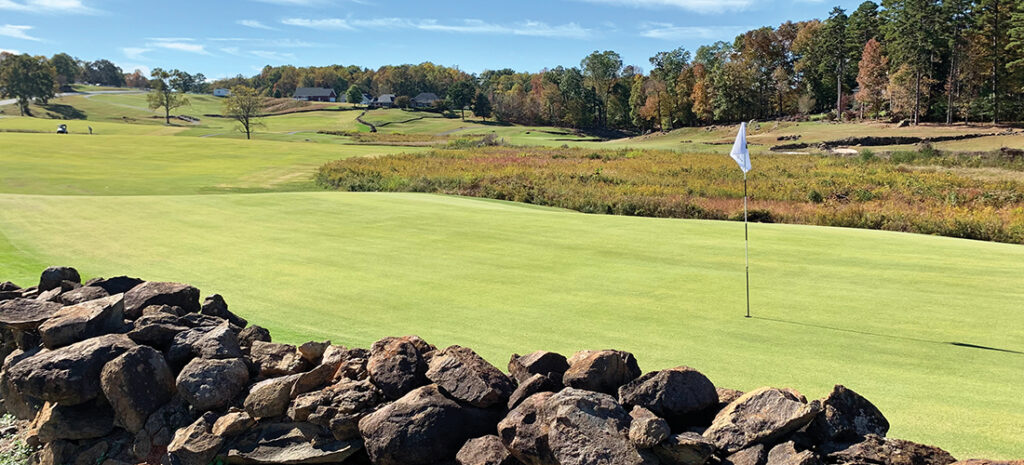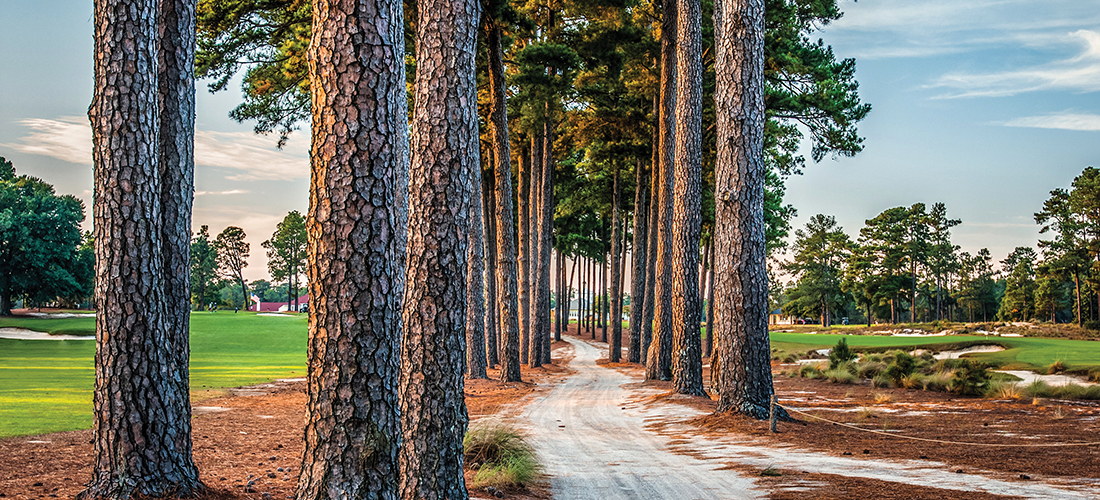Golftown Journal

Photograph by Ted Fitzgerald
Miller Time
Finding the spirit of golf in Pinehurst
By Lee Pace

They are grouped together side by side in the new World Golf Hall of Fame in Pinehurst, these luminaries of the golf world of the 1970s: Lanny Wadkins, Hale Irwin, Tom Watson and Johnny Miller.
The museum that just opened as part of the USGA’s Golf House Pinehurst facility is organized around a locker for each of 160-plus inductees. Each display includes a photo and an assortment of memorabilia, and this quartet of golfers is represented by images from that 1970s era of long hair and shirts with wide collars and bright color palettes.
Each of the four won major championships, accumulated Ryder Cup points and fired ridiculously low rounds. And all carved a niche of some sort in Pinehurst.
Wadkins played at Pinehurst as a junior golfer from Richmond and later as a member of the golf team at Wake Forest University; he was runner-up in the 1969 North & South Amateur.
Irwin and Watson share the course record on Pinehurst No. 2, along with Gibby Gilbert, with 62s shot in the mid-1970s during the PGA Tour’s foray at Pinehurst, with Irwin winning the Colgate Hall of Fame Classic in 1977 and Watson winning back-to-back in ’78 and ’79.
And Miller has a 63 on No. 2 and collected first place in the 1974 Hall of Fame Classic. He shot his eight-under-par score in the second round and could have gone one lower if not for a missed 6-footer for birdie on the 18th.
“It was like one of those old Johnny Miller blitzes,” he remembers. “I dominated the course and scored a fairly easy 63, if there is such a thing.”
Fifty years ago. What goes around, does seem to come around.
That year the blond bombshell from Northern California scorched the PGA Tour with wins in three straight tournaments to open the season, took first in five others and banked over $350,000, a magnificent sum in those days. He drove the ball long and straight, smothered flagsticks with his irons, and seemed to have magnets drawing his putts to the cup. It was one year following his U.S. Open win at Oakmont, when he shot a championship record 63.
The World Open was first played in November 1973, with an outlandish 144-hole format over two weeks. It was shortened to 72 holes in 1974, and the tournament coincided with the September opening of the $2.5 million World Golf Hall of Fame. President Gerald Ford attended induction ceremonies, and among the 13 original inductees were eight still living: Ben Hogan, Jack Nicklaus, Sam Snead, Byron Nelson, Arnold Palmer, Gary Player, Gene Sarazen and Patty Berg. Honored in memory were Bobby Jones, Walter Hagen, Francis Ouimet, Harry Vardon and Babe Zaharias.
Miller and Nicklaus were tied at 209 after three rounds, with Charles Coody and Bruce Devlin two back, and Bob Murphy and Frank Beard trailing by three. The 27-year-old Miller reveled in the challenge of going head-to-head against the 34-year-old Nicklaus.
“I wouldn’t be surprised if both of us shot in the 60s head-to-head,” Miller said. “I’ve held him at bay recently and I’ve had a lot of success against Jack, but I don’t talk much about it. I know he’s a better player than I am, but I’m not afraid of him.”
Miller and Nicklaus each shot one-over 72s, allowing Murphy and Beard to force a four-way playoff with 69s and 281 totals, three-under for 72 holes (only eight players beat par for the tournament).
The playoff started on 15, where TV cameras were set up. Beard scored a routine par on the par-3, leaving a birdie putt dead short that could have ended it there. Miller and Nicklaus got up-and-down from the fringe, and Murphy was eliminated after his tee ball found a greenside bunker.
Miller won the tournament with a two-putt birdie on 16 after Beard three-putted and Nicklaus missed a 12-footer for birdie. Miller hit a 3-wood to eight feet — “The best shot under pressure I’ve ever hit,” he says.
“To beat Jack Nicklaus in a playoff sort of capped off the year for me,” Miller says. “I enjoyed playing No. 2. It was perfect for my game. It gave you enough room off the tee, you had extremely difficult approach shots, and if you hit it real bad off the tee, you had broom grass, sand and trees. To me that course is the perfect course for my game. It’s the kind of course I like to design. It’s the perfect test of golf because it’s got difficult putting, it accepts the approach shot fairly, and it penalizes the poor shot. It gives you enough room off the tee, versus most U.S. Open courses, which give you only 25 or 30 yards.”
A different Johnny Miller came to Pinehurst in 1979. He had been the talk of the tour in the early 1970s for his good play but now had become the talk of the tour for his bad play. He slid to 48th on the money list in 1977 and 111th in 1978, with only $17,400 in winnings. Miller hadn’t won a tournament since early 1976.
“What’s wrong with Johnny Miller?” the world wanted to know.
Miller responded that there wasn’t anything wrong that a bunch of birdies and a little confidence couldn’t solve.
“Before Pinehurst I played in the Lancôme in Paris and won against a good field, and that signaled that maybe I was ready to play well again on the U.S. tour. I came home a week or two later and continued my good play,” he says.
Miller opened with a 69 and then equaled his 1974 heroics with another 63. “It was amazing. It was like it was ’73 or ’74 all over again,” he said. Miller wound up losing in a playoff to Watson.
But Johnny Miller was back. Pinehurst will always be special to him for those weeks in 1974 and 1979.
“I almost can’t tell you how good the golf course is,” he says. “It might not be the hardest golf course in the world, but for pleasure, for going out and having a pleasurable time with a smile on your face, it can’t be beat. It’s hard to get mad when you play Pinehurst.
“It reeks of golf, it has a definite golf spirit, very similar to a Pine Valley or Augusta National or Cypress Point. It’s very blessed with that golfing spirit.” PS
The Johnny Miller story and many others were included in Lee Pace’s 1991 book, Pinehurst Stories — A Celebration of Great Golf and Good Times. Write him at leepace7@gmail.com and follow him @LeePaceTweet.

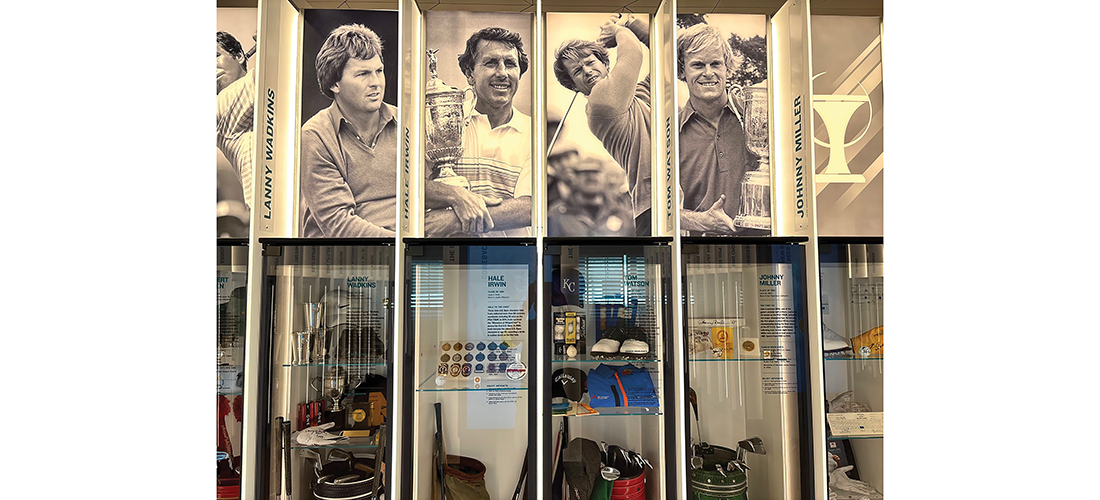
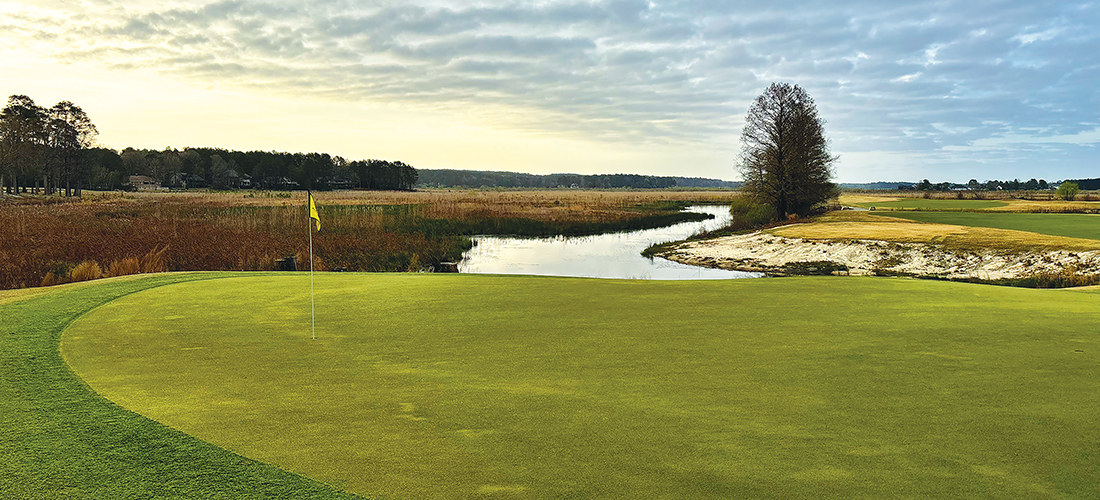
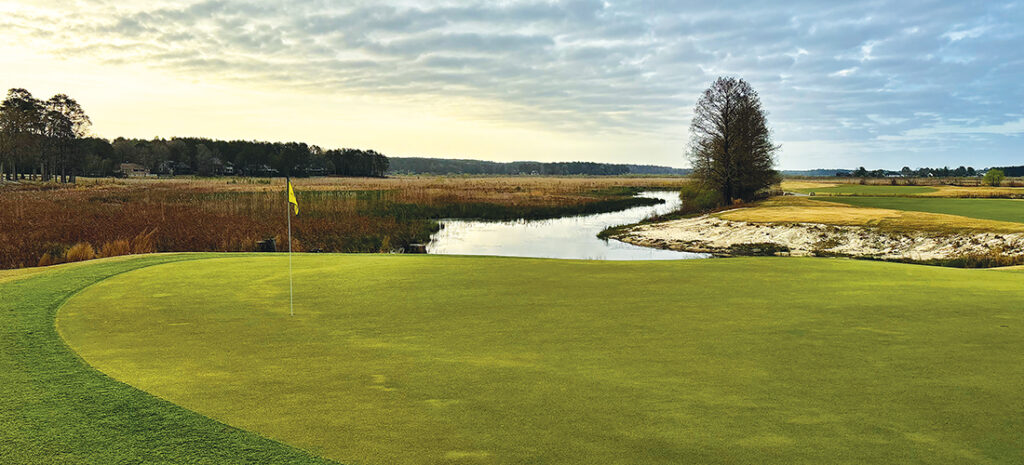


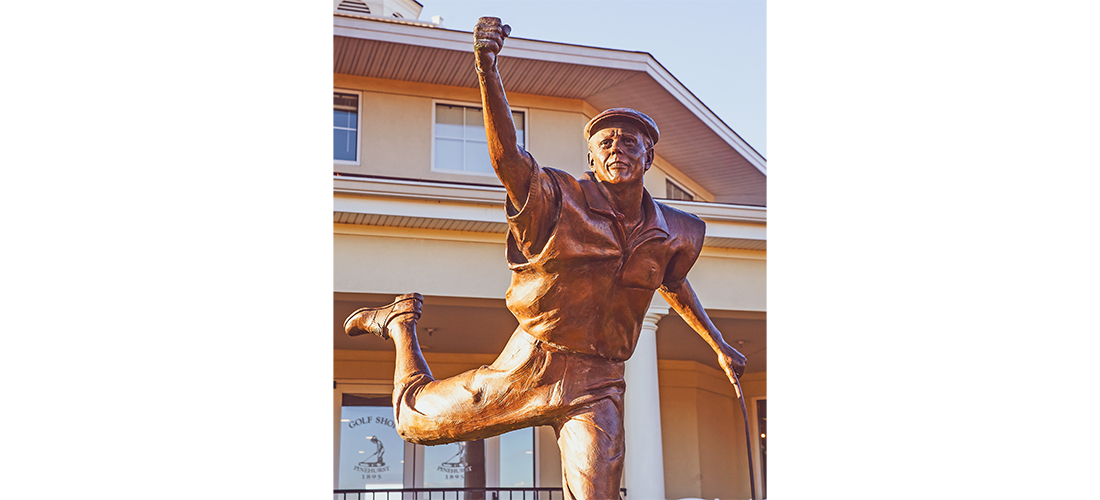
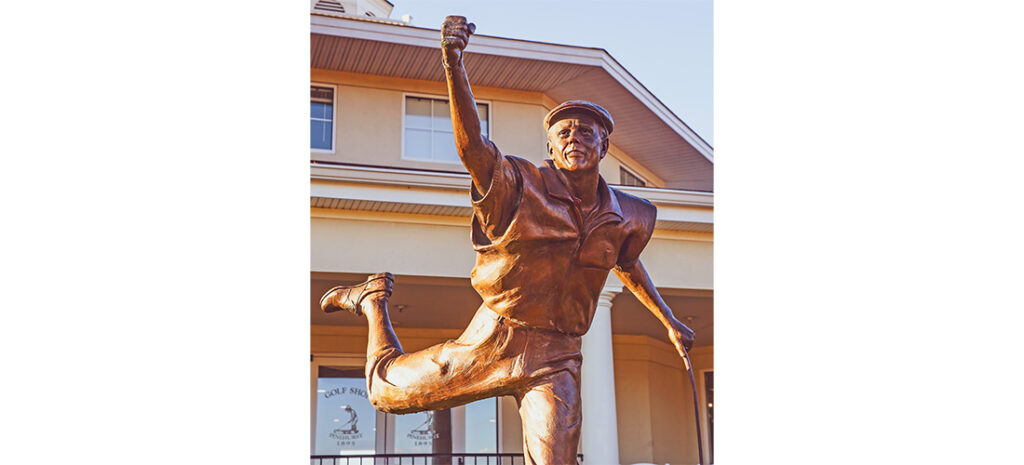

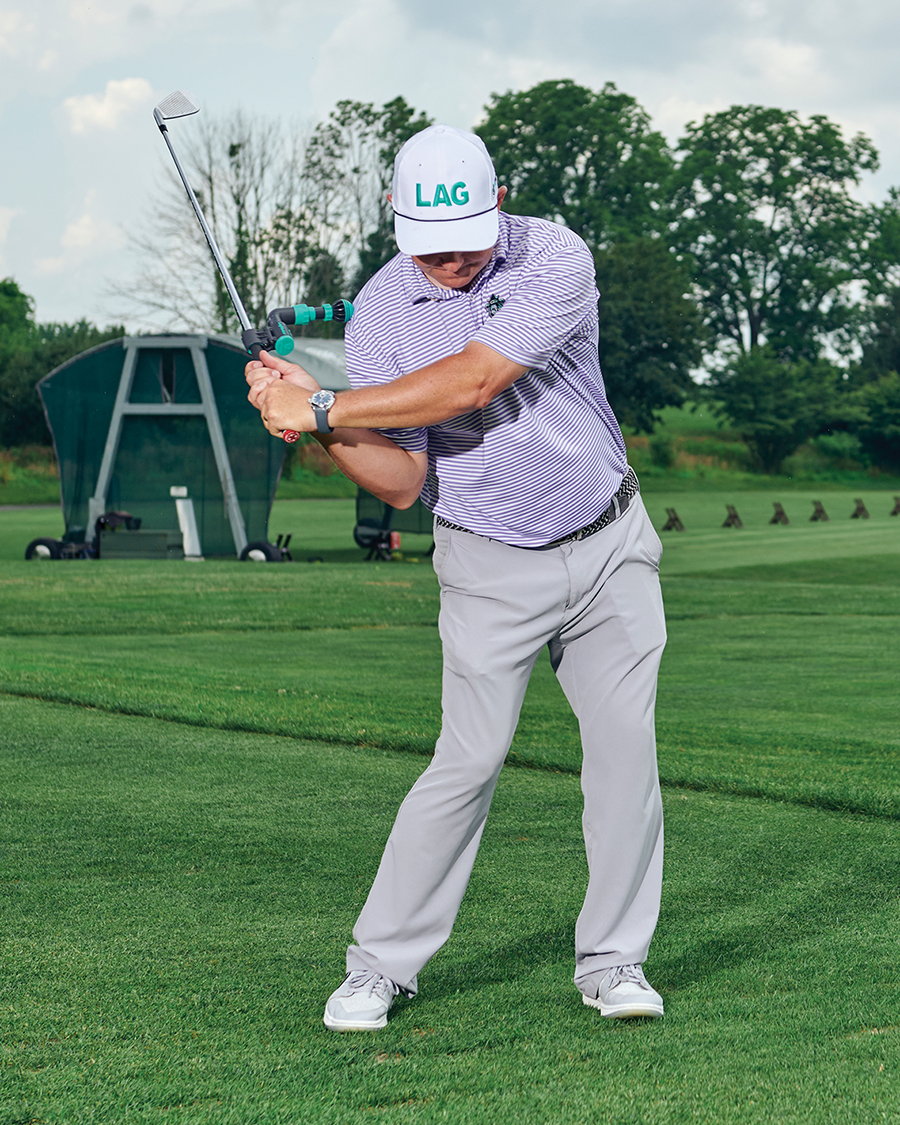 The concept
The concept